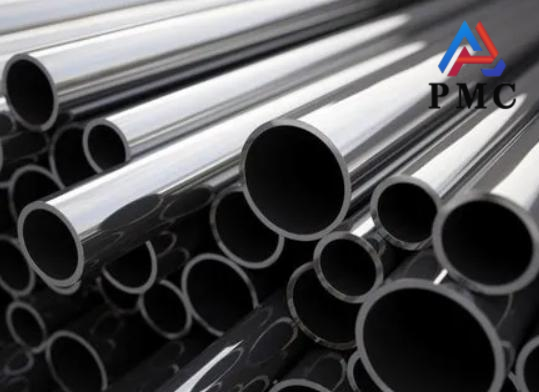
How does Seamless Steel Pipe Perform in Extreme Temperatures?
Seamless steel pipe is a rolled steel pipe without welds. Its production methods are diverse, including hot extrusion, cold pressing, oblique punching, cold rolling, pressing, cold drawing, etc. Common seamless steel pipes include high-pressure seamless pipes for boilers, high-pressure seamless pipes for fertilizers, and alloy structural steel seamless pipes. Because of its hollow cross-section, it is widely used as a pipeline for conveying fluids, such as oil and natural gas; at the same time, it also plays a key role in the manufacture of structural parts and mechanical parts, such as oil drill pipes and automobile transmission shafts.
Excellent performance of seamless steel pipes
The reason why seamless steel pipes are widely used is due to their series of excellent properties. First of all, seamless steel pipes are high in strength and made of high-quality steel. They can withstand strong pressure and tension, and are not easy to deform or break. They play an important role in the fields of construction, machinery manufacturing, etc. Secondly, they have good corrosion resistance. Some seamless steel pipes that have been specially treated or added with anti-corrosion elements can be used for a long time in harsh environments, such as chemical industry, marine engineering and other fields, and can effectively resist various chemicals and seawater erosion. Furthermore, seamless steel pipes are resistant to high pressure and can withstand high internal pressure to ensure safe and stable transportation. They are often used in high-pressure systems such as oil and natural gas transportation. In addition, its inner wall is smooth, which can reduce resistance during fluid transmission, ensure stable flow, improve transmission efficiency and reduce energy consumption.

Seamless steel pipes - high temperature performance
1. High temperature resistance and strength
Seamless steel pipes can maintain good strength and rigidity in high temperature environments. For example, 37020 seamless steel pipes can still maintain good strength and rigidity in ultra-high temperature environments, and are not easy to deform or lose structural stability.
2. Anti-oxidation performance
Seamless steel pipes have excellent anti-oxidation performance, which can effectively prevent the occurrence of oxidation reactions at high temperatures and extend the service life of the material.
3. Durability
Seamless steel pipes have high durability at high temperatures, which is essential for equipment that operates for a long time in high temperature environments. For example, GB9948 standard seamless steel pipes are mainly used to manufacture steam boiler pipes with high pressure and above, which require steel pipes to have high durability and anti-oxidation and corrosion properties.
4. Organization stability
Seamless steel pipes should also have good organizational stability at high temperatures to ensure that their performance will not degrade due to long-term high temperature.
Seamless steel pipes - low temperature performance
1. Low temperature impact toughness
Seamless steel pipes have excellent impact toughness in low temperature environments. For example, A333Gr. 3 low temperature seamless steel pipes are used as steel materials at low temperatures of -80 to -101°C, and their low temperature toughness is the most critical technical indicator of mechanical properties.
2. Tensile strength and yield strength
Seamless steel pipes can still maintain high tensile strength and yield strength at low temperatures. For example, the tensile strength of A333Gr. 3 seamless steel pipe is ≥450 MPa and the yield strength is ≥240 MPa at -100℃.
3. Elongation
Seamless steel pipes have good elongation at low temperatures, which means that even in low temperature environments, the steel pipe can withstand a certain degree of deformation without breaking. For example, the elongation of A333Gr. 3 seamless steel pipe is ≥30% at -100℃.
4. Grain size and metallographic structure
The grain size and metallographic structure of seamless steel pipes have a significant impact on their low-temperature performance. Fine grains can improve the low-temperature toughness of steel pipes, while appropriate metallographic structure can ensure the strength and toughness of steel pipes at low temperatures.
Conclusion
In summary, the performance of seamless steel pipes at extreme temperatures is affected by many factors, including the chemical composition of the material, heat treatment process, metallographic structure, etc. Through reasonable material selection and process control, seamless steel pipes can provide reliable service in high and low temperature environments. When choosing seamless steel pipes, you should pay attention to choosing a seamless steel pipe manufacturer with good reputation and strong technical strength - Permanent Steel Manufacturing Co., Ltd.


